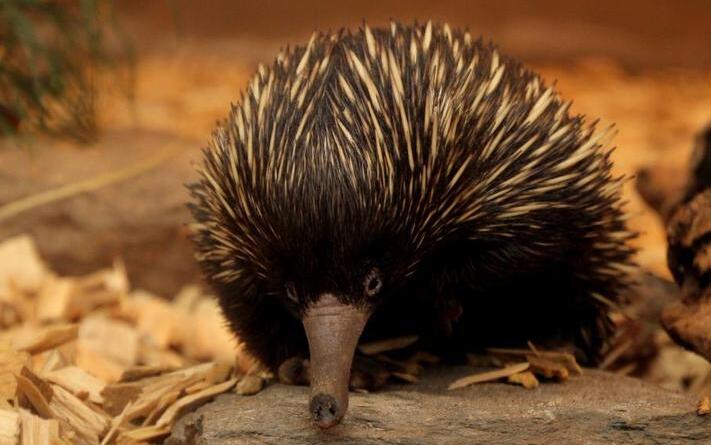
Tachyglossidae
Spiny Anteater,echidna
Echidna, or Tachyglossidae, is commonly known as the spiny anteater. It is a···
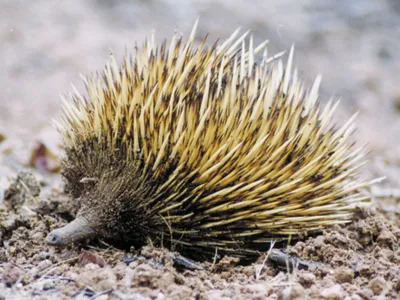
Tachyglossidae
Spiny Anteater
Echidna (Tachyglossidae), one of four peculiar egg-laying mammals found in A···
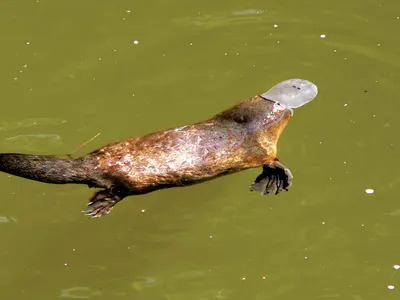
platypus
Ornithorhynchus anatinus
The platypus (Ornithorhynchus anatinus) is a small Australian amphibian mamm···
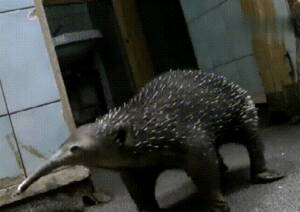
Zaglossus bartoni
Zaglossus bartoni
The Great long-robed echidna (Zaglossus bartoni) is a species of proto-echid···
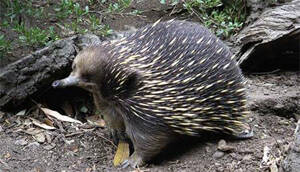
Zaglossus attenboroughi
Zaglossus attenboroughi
Attenborough's scientific name is Zaglossus attenboroughi, after David A···
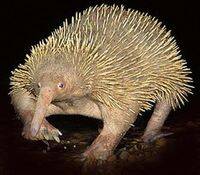
Western Long-beaked Echidna
Western Long-beaked Echidna,Long-nosed Spiny Anteater,New Guinea Long-nosed Echidna,Long-beaked Echidna,Long-nosed Echidna,Zaglossus bruijnii
Echidna long-rostris Zaglossus bruijnii) Western Long-beaked Echidna, Long-n···
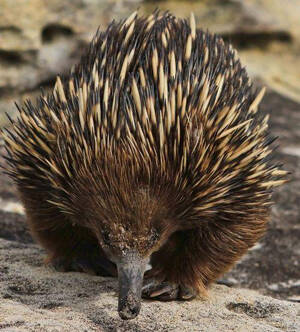
Tachyglossus aculeatus
Tachyglossus aculeatus
The Australian echidna Tachyglossus aculeatus is adapted to an ant-eating li···
